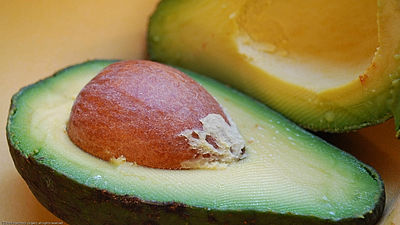Mechanism of the underground greenhouse 'Walipini greenhouse' that keeps the temperature constant all year round

There are traditional greenhouses called '
Sunken Greenhouse: The Solution To Plant Year Round - The Tiny Life
https://thetinylife.com/sunken-greenhouse/
Mr. Ryan was originally enthusiastic about home gardening as a hobby, but he seems to have thought that he would like to actually try it after hearing the story of Waripini that can be used all year round.

The Waripini differs greatly from ordinary greenhouses in that it has a pit-type design that digs into the floor. The planting ground is lower than the surrounding ground and is designed to retain both hot and cold air, thus maintaining a constant indoor temperature.

A conventional greenhouse is surrounded by glass walls on all four sides, and the roof is also made of glass. Although this greenhouse can heat up quickly, it cannot maintain temperature for a long time.
Pit greenhouses, on the other hand, have open walls to let in sunlight and retaining walls to block heat energy. There is also a lower hole called 'cold sink', where cold air sinks and warm air rises. In addition to the walls blocking heat from the ground, the wide, sloping roof lets in sunlight, allowing crops to grow warmly underground even when the ground is extremely cold.

The biggest advantage of waripini is that it can maintain room temperature, but there are other advantages such as sheltering from wind and rain, ignoring slopes of the ground, and repelling insects.
Recommended crops to grow in such a walipini depend on the region, but in the summer, cucumbers, eggplants, okra, tomatoes, pumpkins, melons, etc. Summer is humid, so it is important to properly ventilate and prepare a watering and drainage system. Ryan advises that it's also important to make sure the room temperature is maintained during the sunny summer months.
Recommended autumn crops include baby carrots, lettuce, potatoes, beets, Brussels sprouts, and turnips. As the sunlight weakens in autumn, it is necessary to consider the position of the sun on the crops.

Broccoli, cauliflower, cabbage, kale, arugula, and garlic are recommended in winter. If you live in a cold region, it is also effective to spread sandbags or bricks indoors to insulate.
Recommended items for spring include onions, green onions, chard, radishes, spinach, and sweet corn. Spring is also the perfect season to get everything ready for the new season. It is also important to set up planters and flowerbeds in early spring, remove weeds, materials and debris, and prune plants.
The cost of construction is $ 200 (about 26,000 yen) to $ 300 (about 39,000 yen) for a primitive wallapini with only soil, if it is an expensive one with a full glass roof and a polycarbonate roof. It is about 15,000 dollars (about 2 million yen) to 20,000 dollars (about 2.6 million yen). Mr. Ryan has also prepared rough procedures and various materials for construction, so please check if you are interested.

Related Posts:
in Posted by log1p_kr







